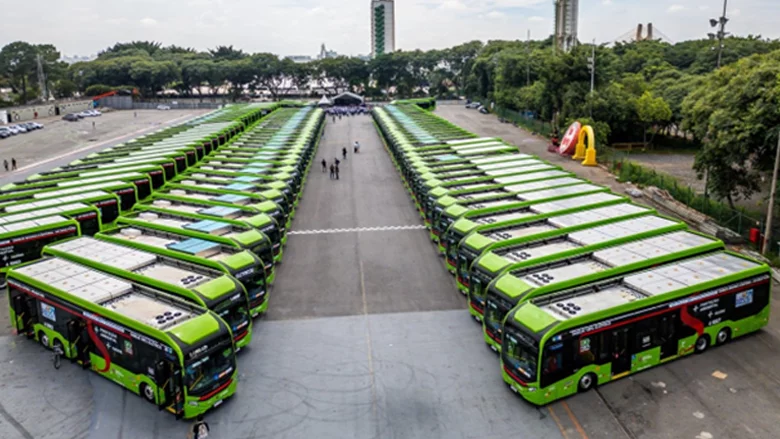Abstract
Many cities in the developing world are engaged in efforts to reconfigure their public transport systems and improve qualities of service. With some notable South American exceptions, a characteristic shared by these cities is heavy reliance on paratransit services, which are often poorly regulated and operated as informal businesses. Current projects and initiatives aimed at transforming public transport systems, more often than not, ignore or restrain the role of paratransit services. While clearly beset by a variety of problems associated with poor regulatory frameworks and destructive competition, paratransit operations often offer advantages in terms of adaptability to the changing urban structures of contemporary developing world cities, and of service innovation, and attempts to eradicate them may be neither pragmatic nor strategic. This paper reports upon an analysis of selected contemporary projects in South American cities that include trunk and feeder services (Santiago, Valparaiso and Quito). Its main focus is on the role of the feeder element in trunk and feeder schemes, particularly when feeder services are provided by paratransit operators or companies formed out of incumbent paratransit operators. Case analysis includes a description of the prevailing regulatory frameworks leading to this option, and its outcome. The paper draws lessons from the selected cases with regard to the strengths and weaknesses of alternative trunk and feeder arrangements, and to possible roles for pre-existing paratransit services. It is argued that the variation of trunk and feeder regulatory frameworks in the case cities (including reward mechanisms, area licensing and concessions) shows, on the one hand, that a variety of alternative trunk and feeder arrangements are possible, and on the other, that solutions and schemes are highly dependent on pre-existing contextual conditions.











